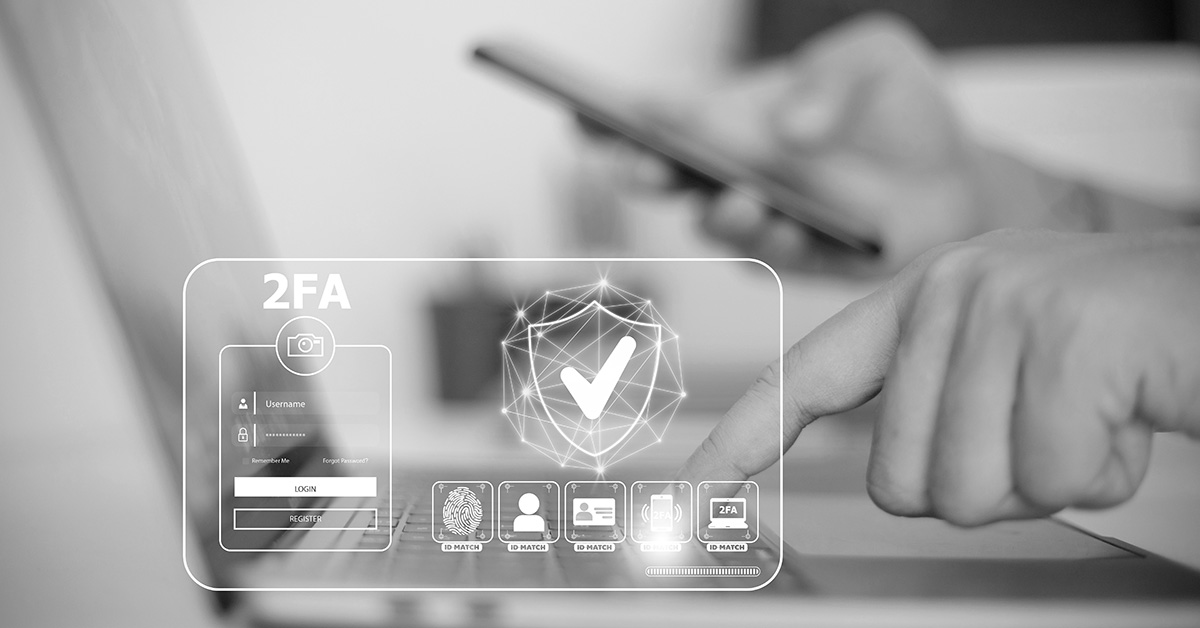
Last year, the Securities and Exchange Commission adopted rules on cybersecurity risk management that focused on transparency. Much of the adopted rules were focused on investors, but the rules also underscored the importance of the impact to customers when cybersecurity incidents occur.
The data security landscape has recently shifted to prioritize the user or the customer, and that was just one of the steps in furthering the approach. In many commercial relationships, customers have endured a fractious relationship with organizations, especially the so-called big tech firms, concerning data protection and security.
However, things can no longer remain the same. Organizations need to start taking responsibility for transparent cybersecurity, ensuring that customers are duly considered to maximize the benefits that trust brings between customers and businesses. There are five basic steps that an organization can take to achieve this.
Legal Compliance
As of early 2023, 162 countries globally have enacted data privacy laws, with 20 other countries in the process of doing so. Most of the laws are patterned after the European GDPR, at least in terms of philosophy, even if the content and requirements vary.
In the past few years, the prevailing approach to data privacy and security has been the prioritization of user consent. Every form of data collected must be a product of the user’s explicit consent. So far, this has done well to increase trust in a world where many people have come to distrust big brands.
More so, many laws include regulations concerning the disclosure of incidents, not just to the authorities and shareholders, but to the customers themselves, while placing a great responsibility on organizations that collect data to protect such.
In any case, every organization must acknowledge that legal requirements are simply minimum standards, and you have to exceed that to be truly secure and to best serve your customers.
This lets your customers know that you are making the strongest efforts to follow relevant laws with customer security in mind.
Clear Privacy Policies
Right now, individuals are increasingly aware that their data is valuable, and they are also increasingly suspicious of companies collecting their data. Besides being a measure of compliance with legal regulations, establishing clear and accessible privacy and security policies helps customers take charge of their data and protect themselves. Particularly, your privacy policy must include explicit consent for data collection, specifying exactly what type of data is being collected.
Consider your privacy policy as a commitment to your customers to keep their data safe and secure, and you must strive to meet those standards when implementing your security controls.
Candid communication about your privacy policies builds trust with your customers by letting them know that you respect the value of their information.
Feedback Mechanism
Ultimately, transparency is about openness to feedback. You must not simply be ready to receive the opinions, suggestions, and complaints of your customers; you should establish a plan for acting on them, too. Just like other parts of the business, cybersecurity is essential, too, and an efficient feedback mechanism can help you identify and resolve vulnerabilities before they are exploited.
Very importantly, you should communicate with customers when their feedback has bolstered your cybersecurity processes. After all, effective cybersecurity is all about continuous improvement. Your existing customer service contact center platform will help you achieve this efficiently.
In addition, before setting up a mechanism for receiving feedback, responsibilities must be defined as to who assumes responsibility for implementing and overseeing feedback received. You should also determine how to coordinate and collaborate with internal and external stakeholders to see issues resolved.
This increases trust by giving the customers the agency to suggest ways to improve their experience with your company.
Transparent Communication
How do you transparently communicate a data breach to your customers? That’s a pertinent question because you don’t want to instigate panic and jeopardize ongoing technical efforts to remediate the threat.
Prior to any cyber event, there must be a clear communication plan detailing when and how a breach will be reported, with the following factors considered:
- Promptly alert them with steps they can take to protect themselves, such as changing their passwords and reviewing their privacy settings.
- Communicate with care and provide resources to keep customers abreast of the situation. An FAQ webpage will do, as long as you don’t keep them wondering.
- Outline the steps you have put in place to secure customer data going forward. In the case of data loss, let them know the steps you are taking to recover and the feasible timeline to restore normalcy.
- Of course, if your organization is large, you will need to defer to your legal and public relations teams to guide you on these steps.
These steps enhance customer trust by letting them know that they are part of the knowledge-sharing process.
Customer Education
An educated customer base raises your organization’s security since it promotes the active participation of customers in the security measures that are being promoted, such as password hygiene, data privacy settings, and the ability to report suspicious activities.
Three major factors are to be considered when crafting programs for customer education on cybersecurity. One, various education programs should be tailored to different customer segments based on their potential risk exposure and overall needs. In addition, regardless of the segment, information should be presented in clear, concise, and engaging formats, such as infographics, videos, and interactive platforms.
Finally, cybersecurity education should be an ongoing process of continuous learning since threats evolve and best practices change. Always keep your customers up-to-date on newly discovered threats and let them know what safeguards are available for them.
This builds trust by freely providing the customers with practical advice to remain safe, not only with your company, but across every element of their online interactions.
Conclusion
If you don’t communicate with your customers about a product or a feature your business runs, you can’t expect them to maximally utilize it. The same applies to security. If you want to best serve your customers, it is important to earn their trust by showing your sincerity to them and towards protecting the value of their data.
About the Author:

Micheal Chukwube is an Experienced Digital Marketer, Content Writer, and Tech Enthusiast. He writes informative, research-backed articles about tech, cybersecurity, and information security. He has been published on Techopedia, ReadWrite, HackerNoon, and more.
Editor’s Note: The opinions expressed in this guest author article are solely those of the contributor and do not necessarily reflect those of Tripwire.
Meet Fortra™ Your Cybersecurity Ally™
Fortra is creating a simpler, stronger, and more straightforward future for cybersecurity by offering a portfolio of integrated and scalable solutions. Learn more about how Fortra’s portfolio of solutions can benefit your business.

